In electrical measurement systems, there are two main principles that are employed for the purpose of Instrumentation. These are known as the deflection principle and the null principle and consequently the instruments constructed are known as Deflection and Null type Instruments respectively. In a Deflection type system, the quantity to be measured produces an effect either in the form of a voltage or a current. This effect is then utilized to produce a torque that causes a mechanical deflection. With the help of a spring system, this torque is countered by a restoring torque that increases with the increase in deflection. When the torques involved achieves a state of equilibrium, the pointer comes to a stand still. Now by equating the torques involved in a mathematical equation, a relation can be obtained between the cause and the deflection in terms of device constants and thus the Instrument can be calibrated. A prime example of this type of system is the PMMC (Permanent Magnet Moving Coil) Instruments.
In a Null type Instrument, the quantity to be measured produces an effect that is compared with an already calibrated effect of another system. It is achieved with the help of a sensitive galvanometer that shows a deflection for any amount of difference between the effect to be measured and the already calibrated effect. By manual or automatic control, the calibrated effect is varied until it becomes equal to the effect produced by the measuring instrument. When such a state is reached, the galvanometer shows no deflection at all and quantity is successfully measured. A prime example of this system is the Wheatstone bridge used for the measurement of electrical resistance. Now these two types of devices have their own advantages and disadvantages. While The Deflection type instruments are less accurate as their calibration depends on the instrument constants, these are better suited to measure transient quantities because changes in a quantity can be better followed by a pre-calibrated pointer. On the other hand, the accuracy of Null type instrument is far higher because of calibration done against a pre-calibrated system; but these are much more suited to measure stable quantities because of the problem of manual control involved in most of them. Although with the advent of automatic control in these systems, that problem shouldn’t be encountered in new age devices. Also the deflection system in a Null type instrument needs to be much more sensitive than that of a deflection type system for the sake of better accuracy.
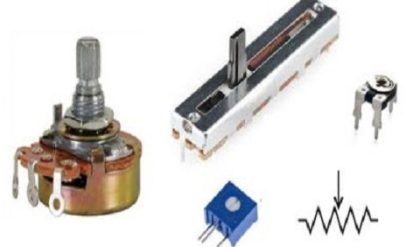
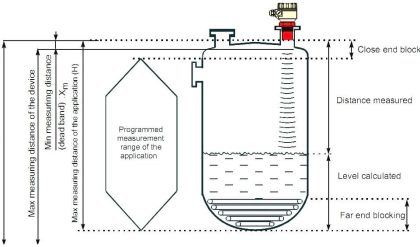
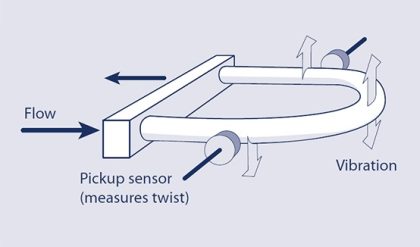
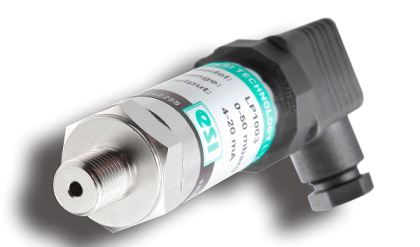
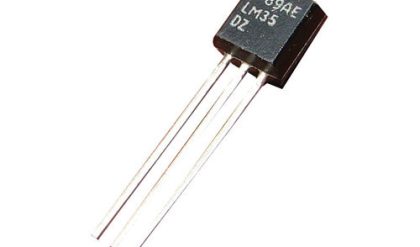
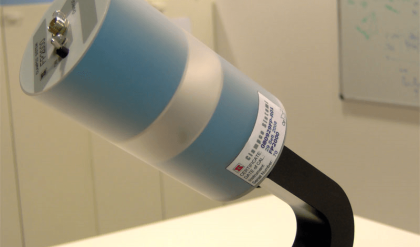
Comments are closed.